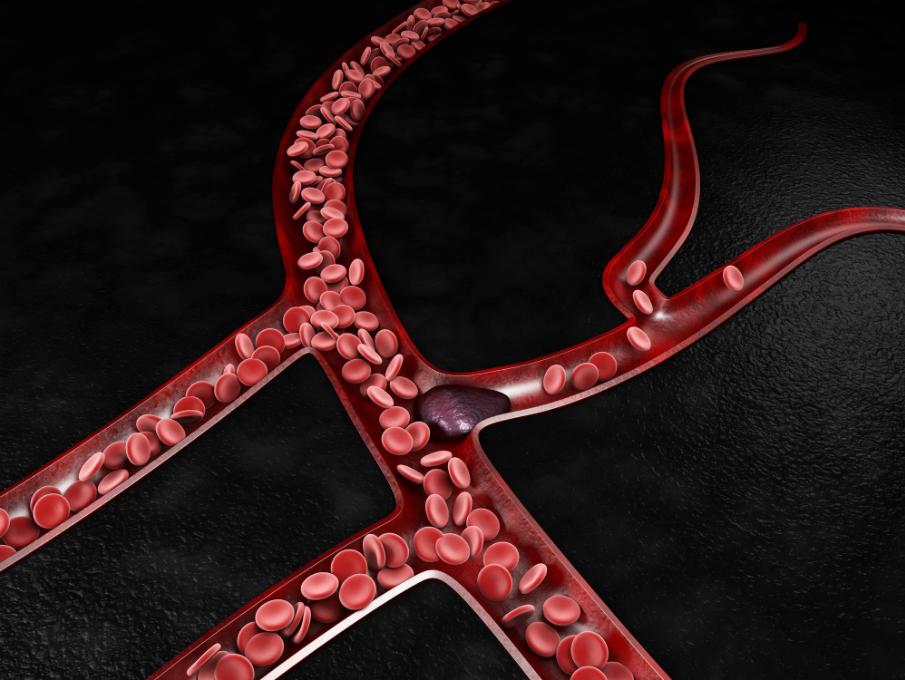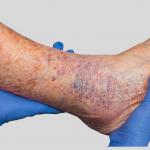
A leg blood clot, also called deep vein thrombosis (DVT), is a serious condition that happens when a blood clot forms in a deep vein, usually in the lower leg or thigh. While not all blood clots are life-threatening, they can become dangerous if part of the clot breaks off and travels to the lungs, causing a pulmonary embolism (PE).
Recognizing the early signs of a leg blood clot is critical because prompt treatment can prevent complications.
What Causes a Leg Blood Clot?
A blood clot develops when something slows or changes normal blood flow in the veins. Some common risk factors include:
-
Sitting for long periods (such as during travel or desk work)
-
Surgery or hospitalization
-
Pregnancy or recent childbirth
-
Obesity
-
Vein disease or varicose veins
-
Certain medical conditions like cancer or clotting disorders
-
Family history of blood clots
Early Signs of a Leg Blood Clot
Blood clots can sometimes form without obvious symptoms, but there are several warning signs to watch for:
1. Swelling in One Leg
-
One of the most common signs of DVT is sudden swelling in the calf, ankle, or entire leg.
-
The swelling usually affects only one leg, not both.
2. Pain or Tenderness
-
The pain may feel like a cramp or soreness in the calf or thigh.
-
It often gets worse when walking, standing, or flexing the foot.
3. Skin Discoloration
-
The skin around the clot may appear red, bluish, or darker than usual.
-
In some cases, the skin feels warm to the touch.
4. Warmth in the Affected Area
-
Increased heat or tenderness around the swollen area is another sign of poor circulation caused by a clot.
5. Heaviness or Tightness
-
Some people describe a heavy, tight, or full feeling in the leg, even without severe pain.
Why Recognizing Symptoms Early Matters
If untreated, a leg blood clot can break loose and travel to the lungs, leading to a pulmonary embolism, which can cause:
-
Sudden shortness of breath
-
Chest pain that worsens with deep breaths
-
Rapid heartbeat
-
Dizziness or fainting
A pulmonary embolism is a medical emergency. If you experience these symptoms, call 911 immediately.
When to See a Doctor
If you notice early signs of a leg blood clot—such as unexplained swelling, pain, or discoloration—it’s important to seek medical care right away. Doctors can perform an ultrasound or blood test to confirm a diagnosis and start treatment quickly.
Treatment Options for Leg Blood Clots
Treatment may include:
-
Blood Thinners (Anticoagulants): Help prevent the clot from growing or new clots from forming.
-
Thrombolytics: Medications that dissolve clots in severe cases.
-
Compression Stockings: Improve blood flow and reduce swelling.
-
Minimally Invasive Procedures: In some cases, a specialist may remove or break up the clot.
Final Thoughts
Knowing the early signs of a leg blood clot can save your life. Don’t ignore sudden swelling, pain, or skin changes in your leg. By seeking prompt medical attention, you can prevent complications and protect your health.





